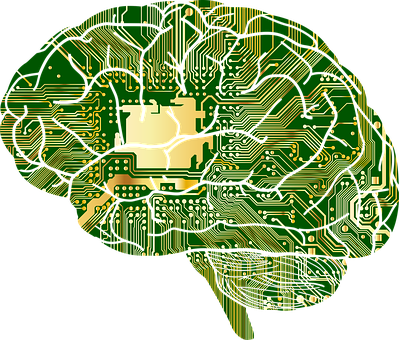The integration of artificial intelligence (AI) into healthcare has the potential to revolutionize the way medical professionals diagnose and treat patients. However, one of the biggest challenges with using AI in healthcare is the lack of transparency and explainability in the decisions made by these systems. Explainable AI (XAI) addresses this challenge by allowing medical professionals to understand the reasoning behind the predictions or recommendations made by AI algorithms. In this article, we will discuss the benefits of XAI in healthcare for medical professionals, including improved decision-making, increased trust, better patient outcomes, enhanced collaboration, and improved data analysis.

Explainable AI (XAI) in healthcare can provide a number of benefits for medical professionals, including:
1. Improved decision-making: XAI algorithms can help medical professionals understand the reasoning behind the predictions or recommendations made by AI systems, allowing them to make more informed decisions. For example, an XAI algorithm used for diagnostic imaging can show the medical professional which specific areas of an image the algorithm used to make its diagnosis, making it easier for the professional to understand and trust the diagnosis.
2. Increased trust: With XAI, medical professionals can understand how AI systems arrived at a particular diagnosis or treatment plan, which can increase their trust in the technology. This can lead to greater adoption of AI-assisted tools and better patient outcomes.
3. Better patient outcomes: By providing medical professionals with more accurate and actionable information, XAI can lead to better patient outcomes. The ability for medical professionals to understand the reasoning behind an AI-assisted diagnosis or treatment plan can also help them to identify and address potential issues more quickly, leading to improved patient outcomes.
4. Enhanced collaboration: XAI can facilitate collaboration between medical professionals and AI systems, allowing them to work together to improve patient care. By providing medical professionals with insight into the inner workings of AI systems, XAI can help to break down barriers and improve communication between human and machine.
5. Improved data analysis: XAI can help medical professionals quickly identify patterns and trends in large amounts of patient data, which can lead to improved diagnostic accuracy and more effective treatment plans. For example, an XAI algorithm used for analyzing electronic health records (EHRs) can identify patterns and relationships in the data that would be difficult for a human to detect, leading to improved patient outcomes.
6. Compliance with regulations and policies: XAI can help medical professionals to comply with regulations and policies around the use of AI in healthcare. The transparency and explainability of XAI can help to provide the necessary level of accountability and oversight, which is crucial to ensure that the use of AI in healthcare is safe and ethical.
7. Responsiveness to individual preferences: XAI can allow medical professionals to consider patients’ preferences, values, and goals in the decision-making process. It can help to ensure that care is tailored to the individual and that patients are involved in the decision-making process.
Overall, XAI in healthcare can help medical professionals to make more informed decisions, increase trust in AI-assisted tools, lead to better patient outcomes, enhance collaboration, improve data analysis, comply with regulations, and respond to individual preferences.




You must be logged in to post a comment.